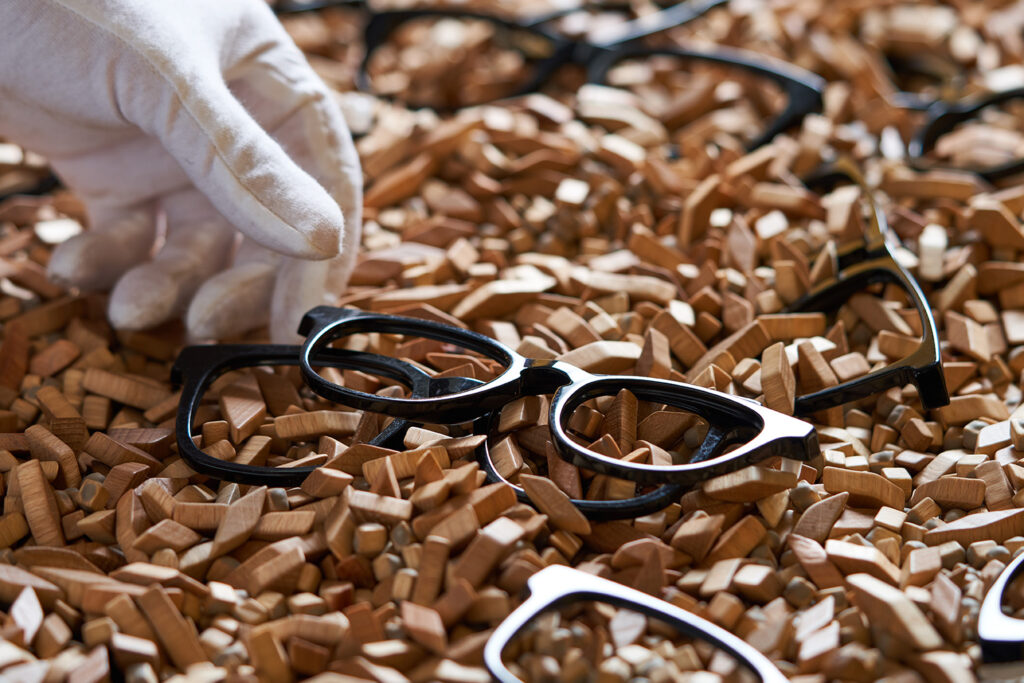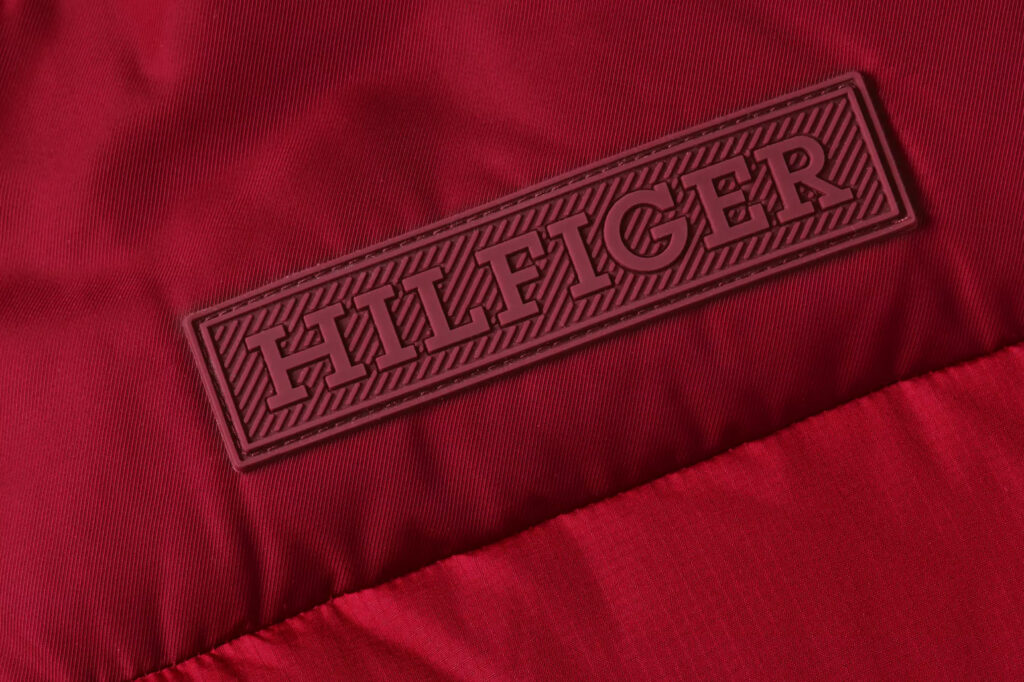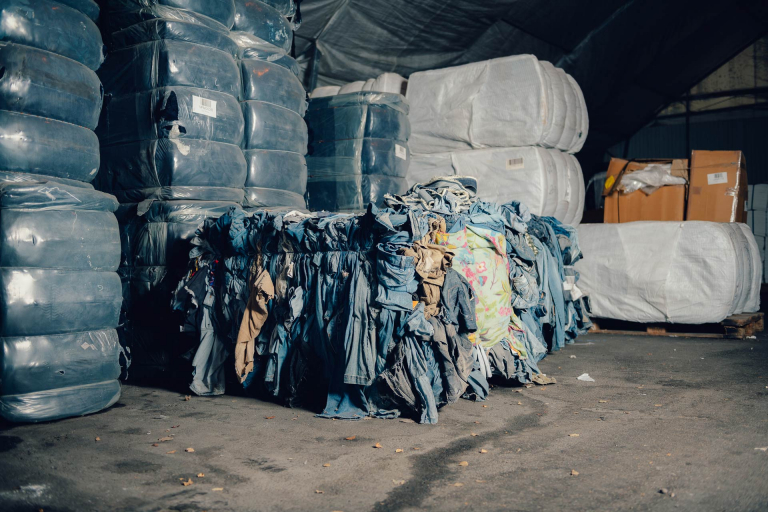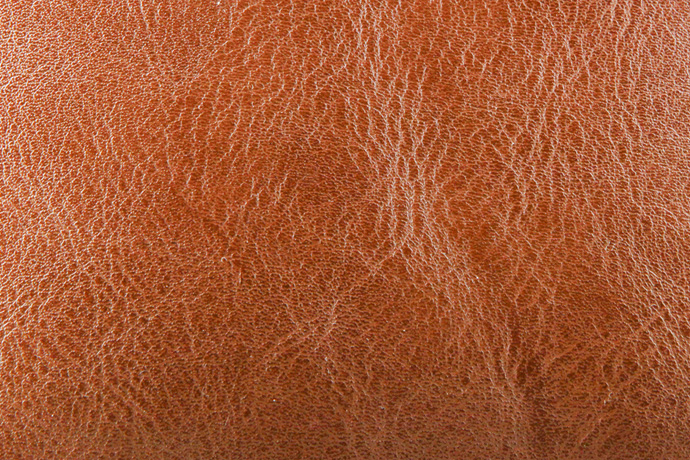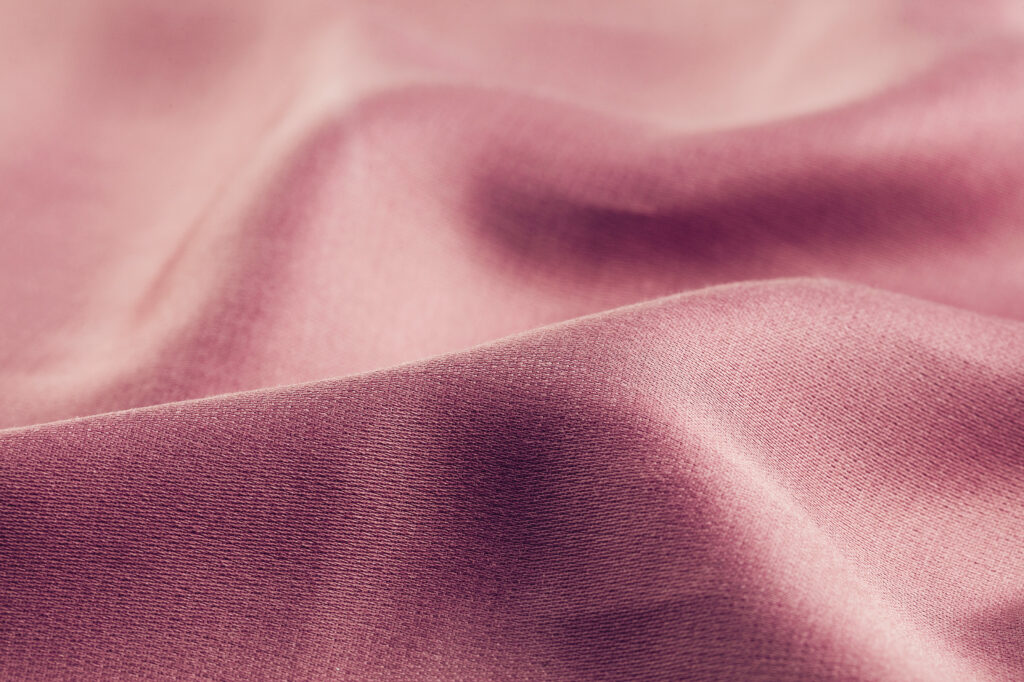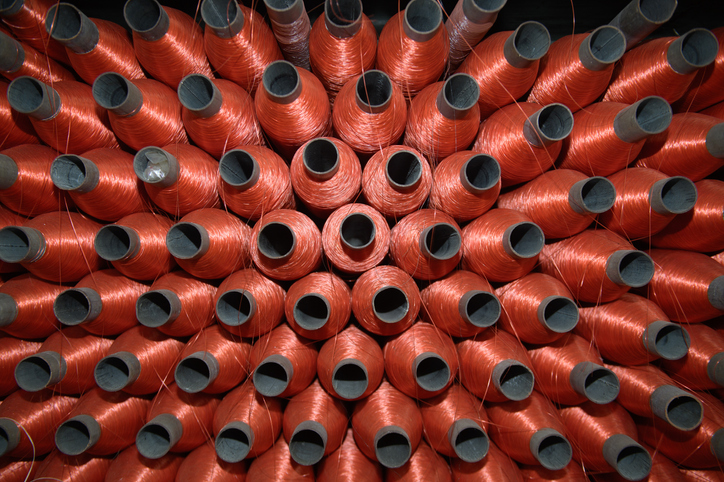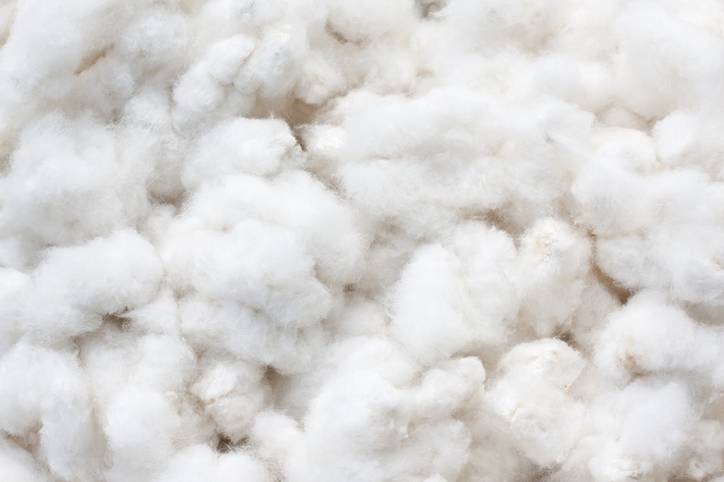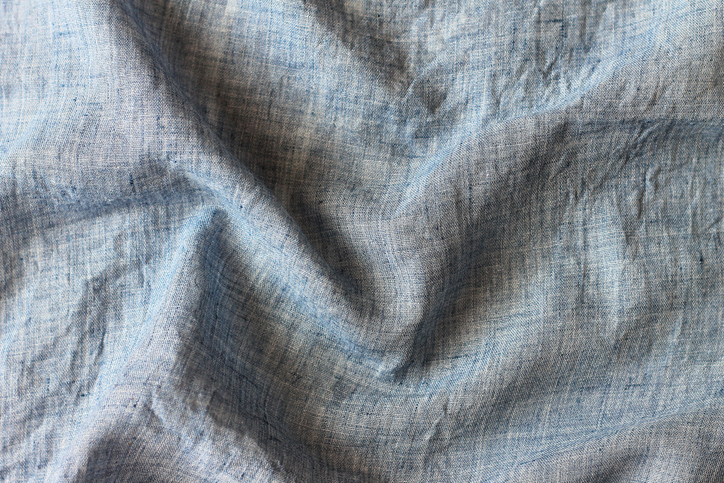MATERIALS & INNOVATION
TOMMY FOR TOMORROW
We believe tomorrow’s fashion should be circular, not linear. That’s why we’re designing to keep our products and materials in use as long as we can, exploring new ways to cut down on waste, and limiting our carbon and water footprints. We would like to give you more information about why the product you just purchased (or are thinking of adding to your wardrobe) carries the more sustainable product tag.
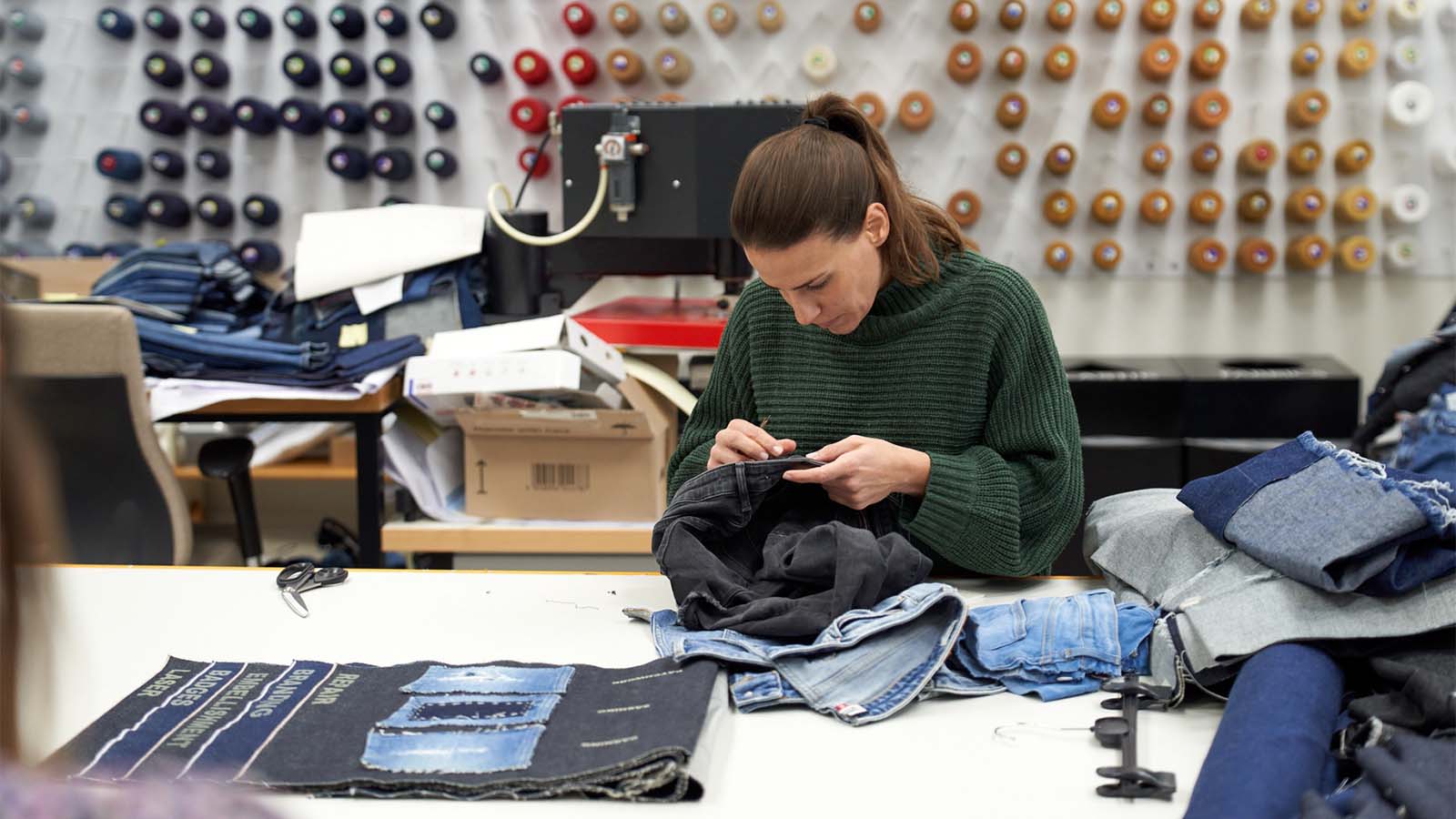
You can easily identify a more sustainable TOMMY HILFIGER product by the green stripe on the hangtag when shopping in store.
PVH Corp., parent company of Tommy Hilfiger, has committed to sustainably source 100% cotton, viscose and wool by 2025, and 100% polyester by 2030.
Tommy Hilfiger continued to significantly increase the use of environmentally preferred materials, with over 78% of the materials globally coming from environmentally preferred sources in 2023.
To learn more about the environmentally preferred materials and progress, you can read about them in our CR Report here.
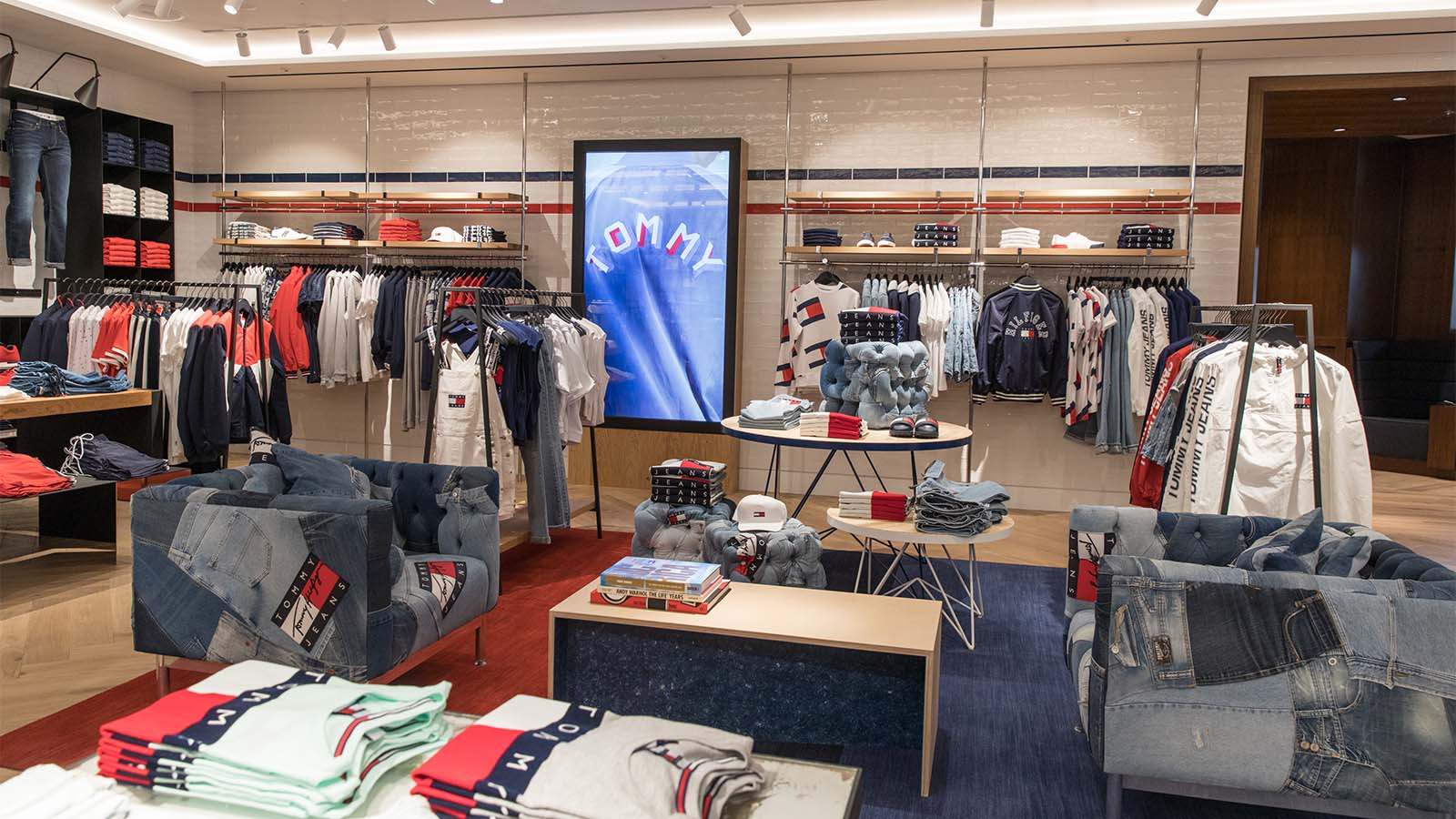
HOW CAN YOU MAKE A MORE SUSTAINABLE PRODUCT CHOICE?
This is a big and complex question, and we want to help you understand how we define “more sustainable products.” Since each product and style is unique, we categorize environmentally preferred materials using three different composition thresholds. To ensure our product claims are credible and transparent, our hangtags will state one of the three threshold claims below:
At Least 0%
When a product and/or material uses a minimum of 95% environmentally preferred materials.
At Least 0%
When a product and/or material uses a minimum of 50% (but less than 95%) environmentally preferred materials.
At Least 0%
When a product and/or material uses a minimum of 20% (but less than 50%) environmentally preferred materials. We don’t make claims if less than 20% (see below).
*All thresholds are based on main material and exclude trims (e.g. zips & buttons)
Why make a claim on a 20% threshold?
We understand this may sound like a low threshold however, we’d like to encourage evolving technologies to innovate further. Learn more below:
Innovative materials:
Innovative materials, such as those made from textile waste, are small-scale disruptive technologies. They need support through investment and trials. Allowing a 20% threshold promotes their adoption and helps scale them for wider use.
Recycled Cotton:
Shredding fibers in recycling shortens staple length. Mechanically recycled cotton involves shredding textiles to reengineer fibers, affecting material and garment durability. To maintain quality, we may use lower percentages of recycled cotton.
HOW DO WE ENSURE OUR CLAIMS ARE ACCURATE?
Tommy Hilfiger requires that all claims made about environmentally preferred materials are based on robust third-party certifications and chain of custody documentation.
In the textile and fashion industry, Textile Exchange certification standards provide a credible way to authenticate sustainability claims from raw materials to final product. The standards promote environmentally preferred raw material sourcing, ethical manufacturing practices, and supply chain transparency.
- The Global Recycled Standard (GRS) and the Recycled Claims Standard (RCS) verify recycled content and track it from the source to the final product.
- The Organic Content Standard (OCS) verifies the percentage of organically grown material and tracks it from source to final product.
- The Responsible Down Standard (RDS) requires animal welfare practices to be in place at duck and goose farms in the down and feather supply chain.
- Products certified to the Responsible Wool Standard (RWS), and Responsible Alpaca Standard (RAS) contain wool or alpaca fiber from farms independently certified to animal welfare and land management requirements.
Adhering to these standards demonstrates PVH’s commitment to reducing environmental impact and ensuring social responsibility.
In EMEA Tommy Hilfiger (Tommy Hilfiger Europe B.V) has obtained Brand Certification under the Textile Exchange standards for the third consecutive year. To achieve brand certification, Tommy Hilfiger B.V is audited annually by an independent certification body. The audit looks at whether the environmentally preferred materials in Tommy Hilfiger products can be traced through the supply chain, and that any documentation related to the standards is properly collected and managed.
OCS, GRS, RCS, RWS, RAS and RDS certifications audited by Control Union under license number CB-CUC- 101748
For materials not covered by Textile Exchange standards, we make sure they meet recognized industry standards and guidelines through certification or verification.
WHEN IS A MATERIAL CONSIDERED ENvIROnMENTALLY PREFERRED?
We use an annual global material mapping exercise to inform our strategy, track progress toward our goals and prioritize activities with the greatest impact. When designing our products, we prioritize the use of “environmentally preferred fibers” which have a lower environmental impact than conventional fibers. PVH Corp. uses Textile Exchange’s Preferred Fiber & Materials Matrix methodology, the Higg Materials Sustainability Index (Higg MSI) data, Fashion for Good’s technical insight and third party verified data to inform our global framework.
WHEN IS AN INNOVATION CONSIDERED ENVIROnMENTALLY PREFERRED?
At Tommy Hilfiger, we’re dedicated to integrating innovative technologies to lower the environmental impact of our products. While some materials and processes are still in development or scaling up, these advancements are crucial for a fashion industry focused on positive impact. We proudly highlight our testing, piloting, and adoption efforts to support their growth.
Highlights of sustainable product innovations:
- Innovative materials made using textile waste (e.g., Infinna™ and Circulose®)
- Alternatives to virgin fossil fuel-based materials like PU (e.g., VEGEA and Desserto)
WHEN IS A PRODUCTION PROCESS CONSIDERED ENVIROnMENTALLY PREFERRED?
An environmentally preferred production process considers environmental and social factors. Below are some examples of these:
- Leather that is derived from a Leather Working Group medal-rated tannery
- Water-based polyurethane (PU) combined with environmentally preferred backing (Recycled or Organic)
- Dyestuffs, pigments, and colorants that use less water, energy, or chemicals, with less environmental impact than conventional alternatives.
CARE FOR YOUR CLOTHES AND EXTEND THEIR LIFE
The washing, drying, and ironing of clothes make up 16%* of the total climate impact of a typical garment throughout its life. You can significantly reduce this impact by making more informed choices, like washing clothes less often, lowering the washing temperature, ironing less, and avoiding the use of tumble dryers. Opting for smarter care methods can extend the life of your favorite garments while reducing your environmental footprint.
We’re working towards a future of fashion where we keep TOMMY HILFIGER and TOMMY JEANS products in use as long as possible. That’s why we’re exploring and building new circular business models to give our products new purpose, such as resale, trade-in, repair, rework, rental and recycling. To learn more, visit Circular Business Models.
*Source: PVH 2022 CR Report Pg.31
Glossary
Learn more about the sustainable materials and processes we use below.

